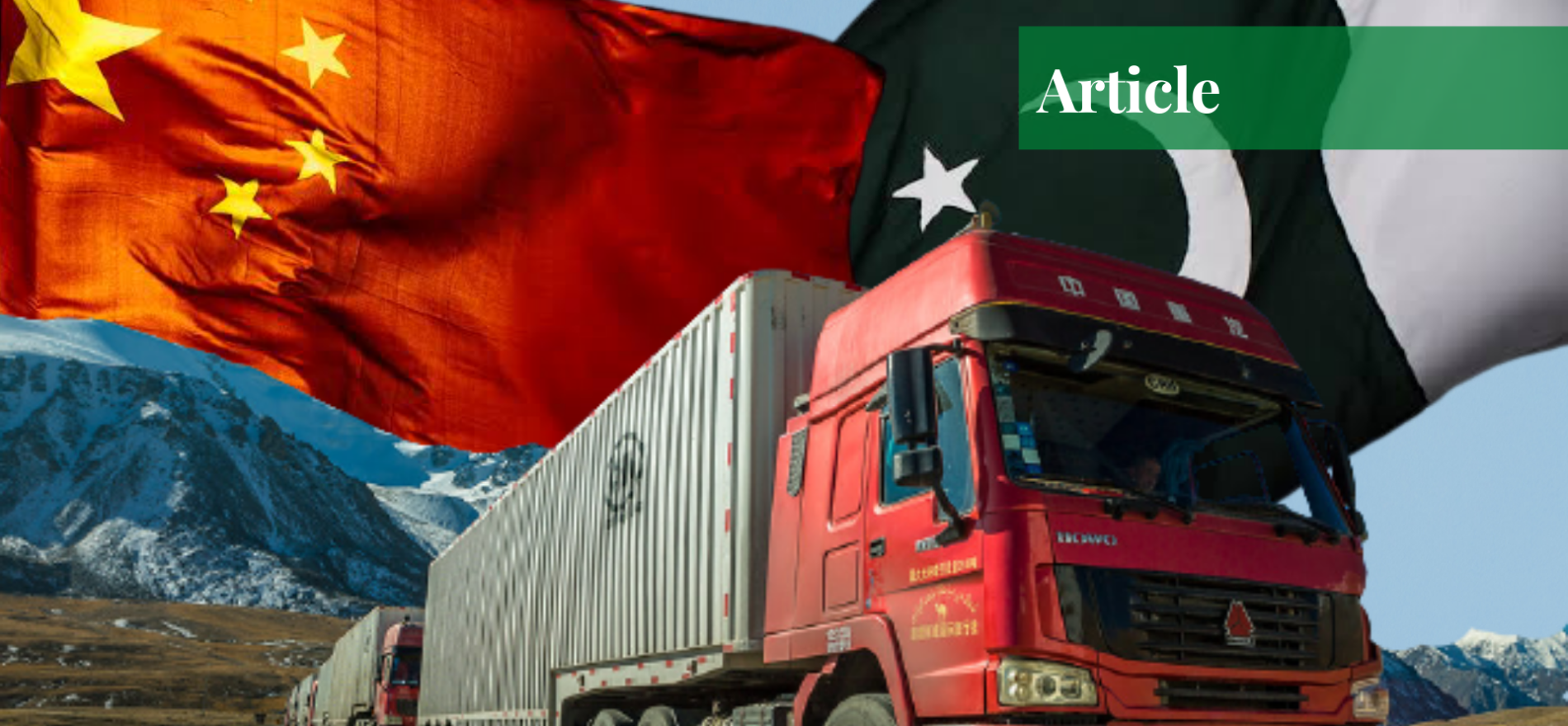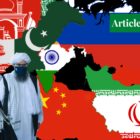Syed Saddam Haider is an MPhil scholar at the Pakistan Institute of Development Economics, Islamabad. He has also worked with UNDP Malaysia, Sustainable Development Policy Institute (SDPI), and CPEC Authority.
Digitalization Revolution
After the industrial revolution, digital technology is something that’s changing the course of the world order. It is revolutionizing every aspect of life by disrupting the way we operate in our businesses, healthcare, education, agriculture, and all other major sectors. More importantly, the digitalization revolution is changing the way we interact, particularly in the time of the COVID-19 pandemic when physical connectivity has been halted, the internet is our only way out.
Moreover, in the face of the worldwide lockdown and subsequent economic meltdown, the only companies that survived, and showed an increase in their revenues, were mostly tech-based. Plunging into numbers, out of the 5 biggest companies in the world, 4 are tech-based. As of 2017, the world’s digital economy is worth a massive 11.5 trillion USD – that is 41 times Pakistan’s GDP – and has grown two and a half times faster than the global GDP in the past 15 years. Explicitly indicating that technology is the future.
In the context of Pakistan, the current government has taken up the task of digitalization. It has been driving the campaign for digitalization in Pakistan since it came into power three years ago. The premier, Mr. Imran Khan, personally advocates the agenda and contemplates it as a crucial turning point concerning Pakistan’s economic growth and efficiency in the government sector. It’s not something out of the box or new but is a bare minimum to be at par and to compete with the contemporary world.
Digital Landscape of Pakistan
The general population of Pakistan is very receptive to the use of technology. According to the Pakistan Telecommunication Authority (PTA), as of August 2020, there are 169 million cellular subscribers, 85 million 3G/4G subscribers, and a total of 87 million broadband subscribers in Pakistan. For a developing country like Pakistan, these are very encouraging figures.
To further facilitate digitalization in Pakistan, the Ministry of IT & Telecom drafted a policy in 2018—the Digital Pakistan Policy. The policy aimed to facilitate in terms of necessary legislation – data protection law, online dispute resolution (ODR), consumer protection, and privacy, etc. – and Infrastructure development, e-governance, e-agriculture, e-health, e-energy, and e-commerce.
Furthermore, in light of the 18th amendment, the respective provinces are also developing their digital policy to get in line with the national policy framework. The government also implemented certain fiscal measures to aid in digitalization in Pakistan. It exempted the exports of Information Technology (IT) and IT enabled services (ITeS), and the start-ups registered with Pakistan Software Export Board (PSEB) from income taxes. In addition to that, it allowed for 100% foreign ownership of IT and ITeS companies, 100% repatriation of profit to foreign IT and ITeS investors, and tax holidays for venture capital funds till 2024.
As a result of all these initiatives and the increasing internet penetration and cellular subscriptions, things are pulling up. For example, e-commerce is accelerating with many new local and international start-ups coming in. More importantly, small individual businesses are going online by adopting different social media platforms or websites.
Furthermore, the ride-hailing industry is also picking up under Pakistan’s digitalization revolution. Besides Careem and Uber, new players – Bykea, In Drive, B4U, and SWVL – have entered the market. Moreover, the country’s freelance industry is thriving, bringing in millions of dollars in foreign exchange. However, given the aforementioned progress, Pakistan still has a long way to go and would need to invest more in its future, which happens to be technology.
CPEC and Digitalization in Pakistan
The China-Pakistan Economic Corridor (CPEC) is a framework of regional connectivity with an accumulative value of 62 billion USD. This investment spans from energy to infrastructure, and from skills development to connectivity projects. Let alone the regional connectivity and physical infrastructure, the corridor emphasizes a lot on digital connectivity. In addition to legislative measures there is a need for investments in digital infrastructure; most importantly in high-speed internet.
In this regard, the biggest project is the Cross Border Optical Fiber Cable, with a total worth of $37.4 million. The cable will stretch from the heights of Khunjerab down to the heart of the country, Rawalpindi, where it will be linked to Pakistan’s existing network. This new digital network will be very beneficial in terms of improving internet penetration, provision of high-speed internet and further reducing the cost of internet connectivity in the country. It will also boost Pakistan’s emerging IT sector, which is thriving for high-speed internet.
CPEC also envisioned a new submarine cable landing station at Gwadar port to ensure undisrupted internet connectivity. Currently, the undersea fiber optic cable, that carries internet traffic, only connects to one landing station in Karachi. In case of any natural hazard or accident, it can endanger Pakistan’s internet connectivity with the rest of the world.
Other than that, China and Pakistan have also taken initiative in the space of digital trade. This will aid in filling the void of international payment gateways—a major obstacle that significantly holds back the IT sector and affects the ability of Pakistani businesses to integrate into global value chains. Ant Financial Services, China’s biggest online payment service provider, has recently bought a 45% stake in Telenor Microfinance Bank, which is good news if it’s able to attract more international investment in the payment gateways domain.
Conclusion
Lastly, overall, Pakistan is on track for a digitalization revolution. However, it can increase its pace by investing more aggressively in digital infrastructure and streamlining digitalization across all state institutions to increase efficiency and avoid any type of red tape phenomena. Furthermore, instead of regulating technology-related sectors, what the government needs to do is incentivize them to invest in expanding their infrastructure.
For example, recently the government has charged different telecom service providers billions for license renewal. Instead of directly involving any monetary negotiation, the government could have pushed the telecom service providers to spend on expanding their infrastructure. At last drawing things to a close, the government needs to streamline different CPEC-related projects to further speed up digitalization in Pakistan.
If you want to submit your articles and/or research papers, please check the Submissions page.
The views and opinions expressed in this article/paper are the author’s own and do not necessarily reflect the editorial position of Paradigm Shift.



















